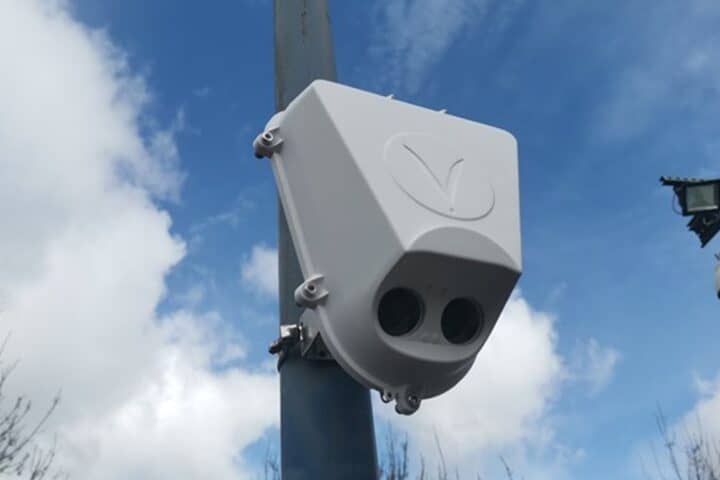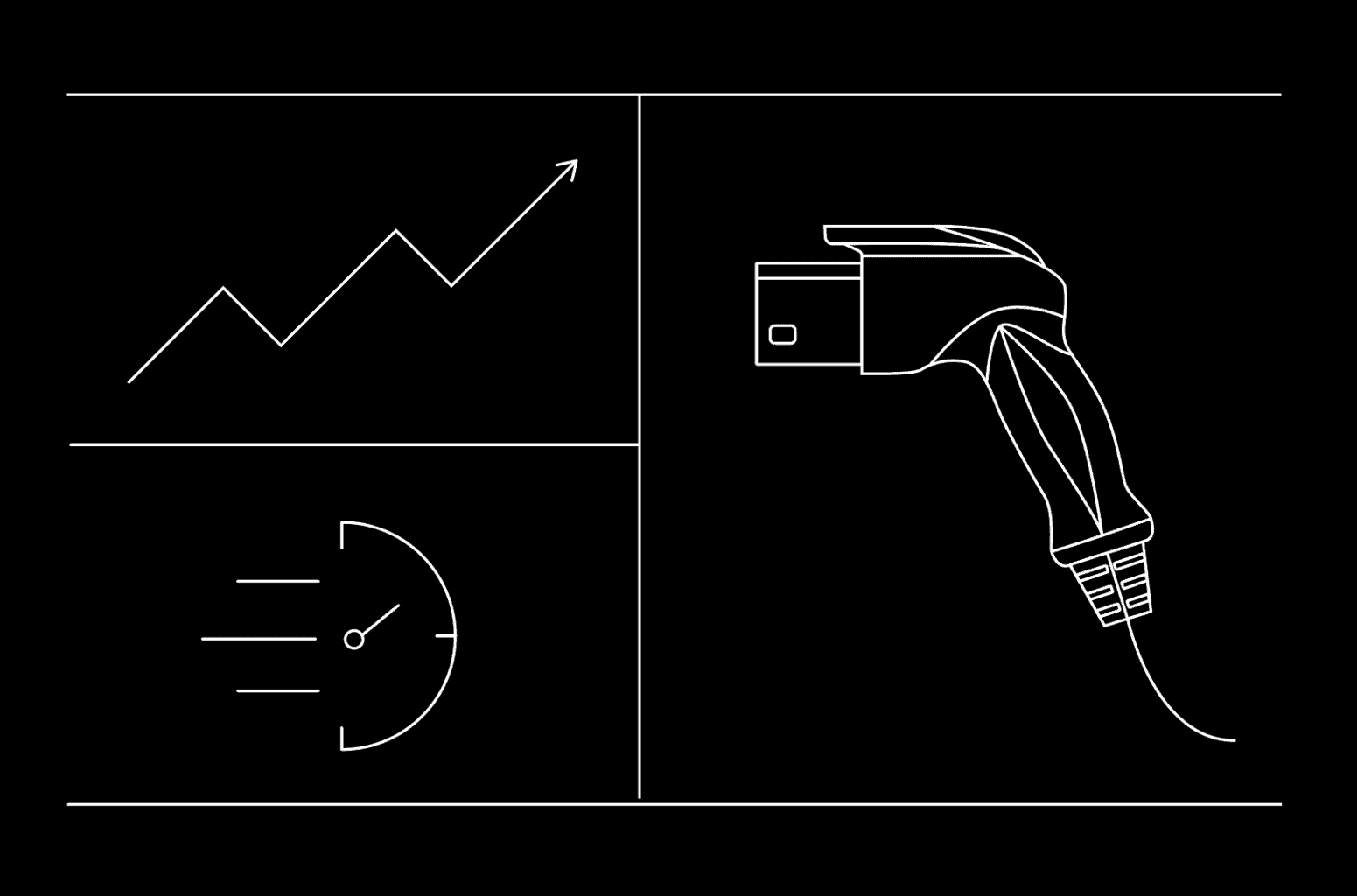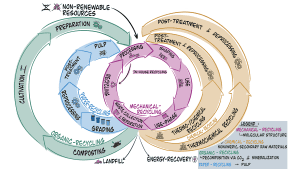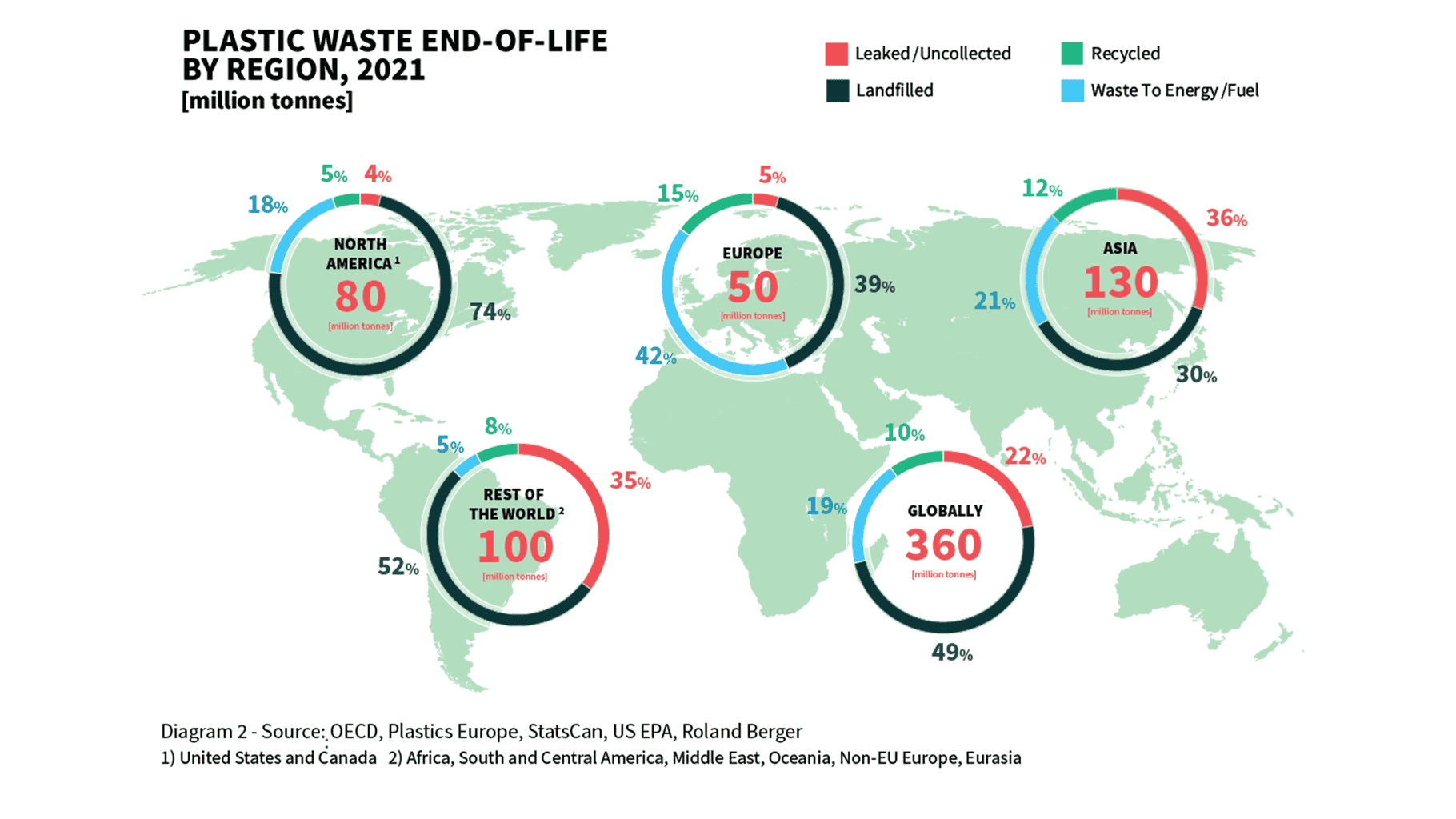The phrase describes a pattern in which powerful pilot programs for urban innovation fail to lead to widespread adoption of their technologies.
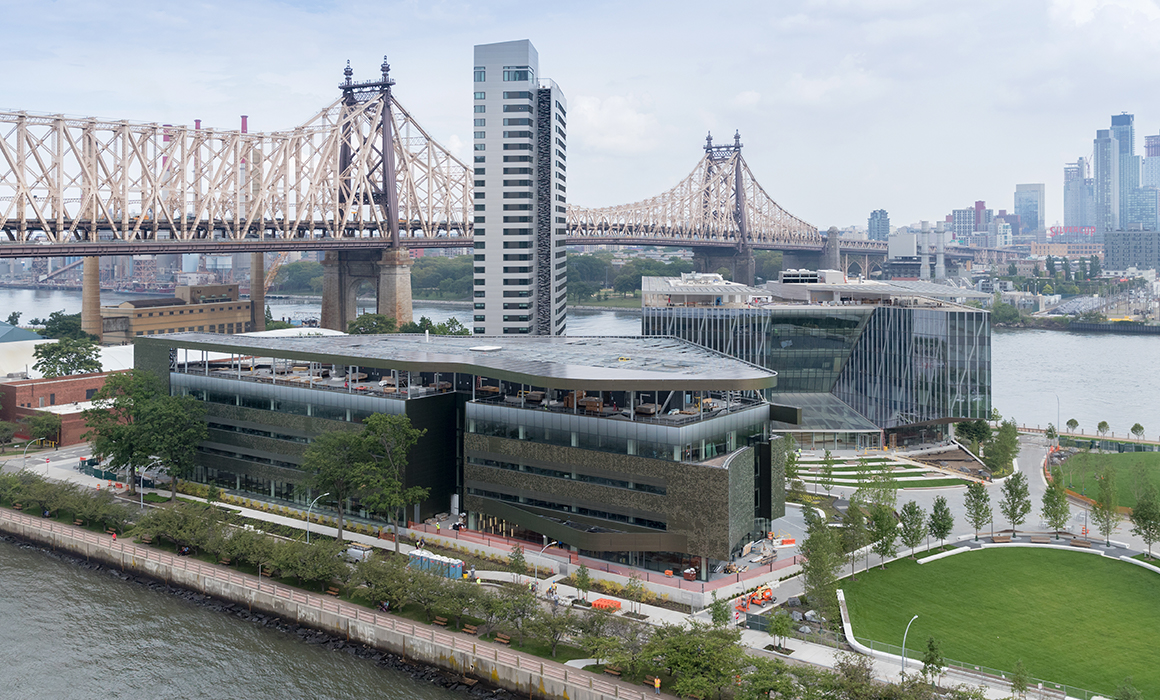
The passage of federal spending bills like the Inflation Reduction Act, the Infrastructure Investment and Jobs Act and the CHIPS and Science Act presents the opportunity for New York City to apply just applicable federal funding into tech-based solutions to industrial problems, most notably problems related to climate change, according to a new report from the two institutions.
More than 50 pilots were selected and deployed in 2022 after more than 600 companies submitted applications to pilot their products through a dozen city-run or municipal-affiliated programs, according to the researchers. However, according to Cara Eckholm, a fellow at the Urban Tech Hub of the Jacobs Technion-Cornell Institute at Cornell Tech and the report’s head author, there is frequently more emphasis on finishing the pilot than tracking the long-term outcome and putting any changes those results might call for.
How do we really deliver that information to the appropriate stakeholders, whether they be in City Hall or regulators, and then make sure that policy changes are made based on the data gathered during the pilot phase? is the question the report addresses. she remarked. The researchers compared New York City’s experience to that of other cities and spoke with more than 120 stakeholders to find an answer.
Advancing Urban Innovation: 3 Strategies for New York City’s Technological Evolution
The report identifies the challenges, opportunities, and recommendations for action over the following three years for each of the three main avenues for change. Eckholm claimed that while this strategy is specific to New York, another metro areas are free to adapt and change the techniques as necessary. According to the report, New York City ought to:
- By assisting innovation teams and staff across city government agencies,”Bolster its innovation capacity.” These teams, which are now more prevalent, receive training to support pilots and apply innovative technologies in a way that the majority of city government employees do not. According to the report, the teams should collaborate with universities for technical support, research, and development, as well as make city departments more accustomed to collaborating with outside parties.
- “Modernize” its purchasing procedure. Typically, cities describe the solution they’re looking for for a persistent issue, and vendors submit bids detailing their proposal. In contrast, in” challenge-based procurement, “a city describes its issue and asks vendors to suggest innovative solutions that can be tested in practice. According to the report, California has been operating in this manner since a 2019 executive order for technology contracts worth between $100,000 and $750 million.
- Create a main business portal to support local startups more effectively. The Department of Small Business Services in New York is designed to support more conventional businesses, such as brick and mortar stores, even though the city is home to both new startups and those that have developed into large corporations, according to Eckholm. An effort to centralize that information and develop a institutionalized network of pilot programs would benefit startups and the city more because some nonprofits and third-party organizations serve the startup space.
Building the Ecosystem: Collaborative Approach to Urban Industrial Innovation in New York City
The city government, universities, startups, financiers who support these businesses growth, and the intermediaries among these groups, such as nonprofits, are all necessary for cities to successfully implement industrial innovation, according to Eckholm. Each stakeholder can adapt to make New York City the “global hub” for industrial innovation, according to the Pilot NYC road map.
She remarked “You actually need all five of those actors to be working up if you want to succeed.”






